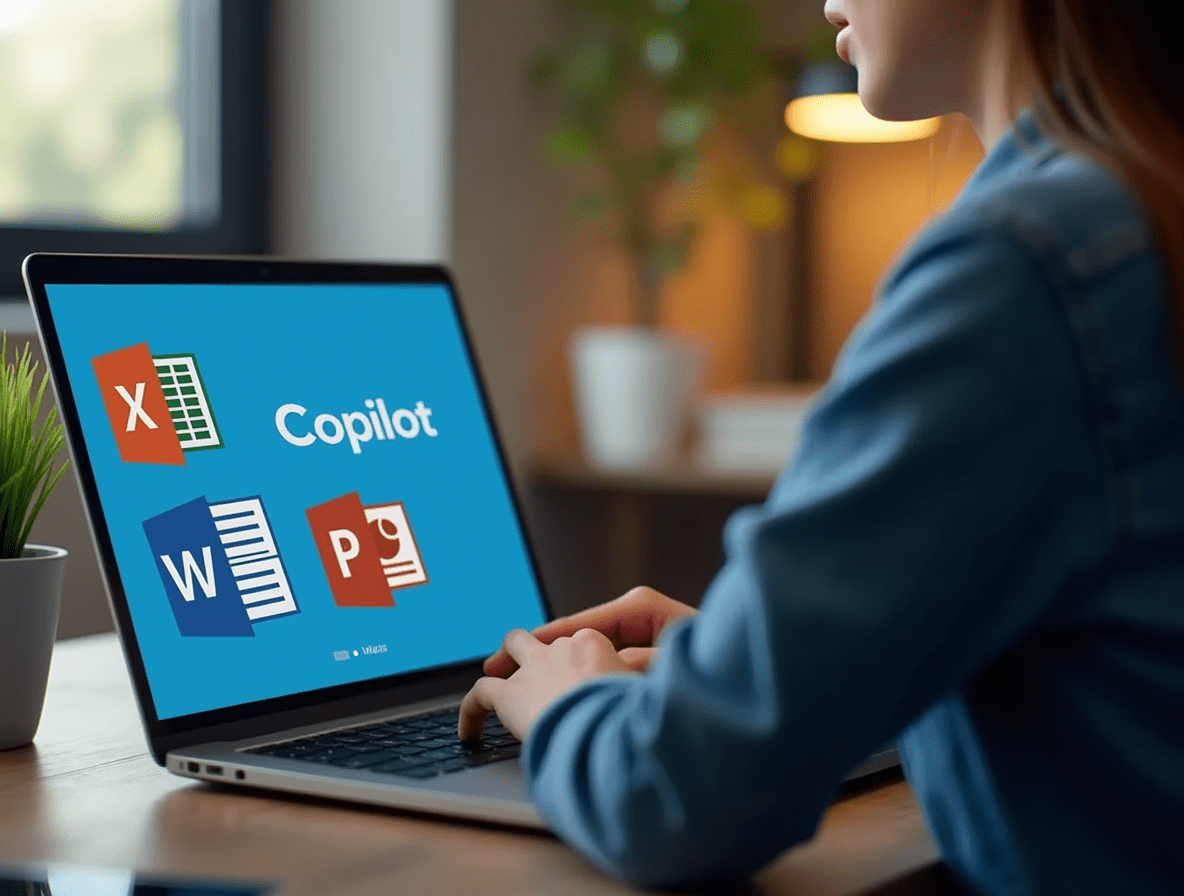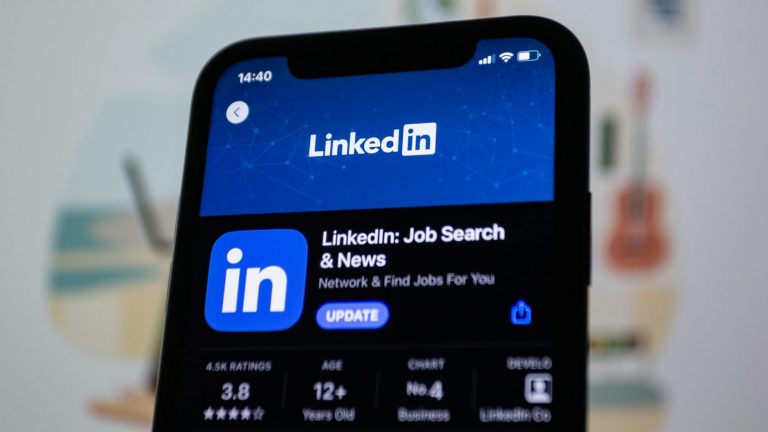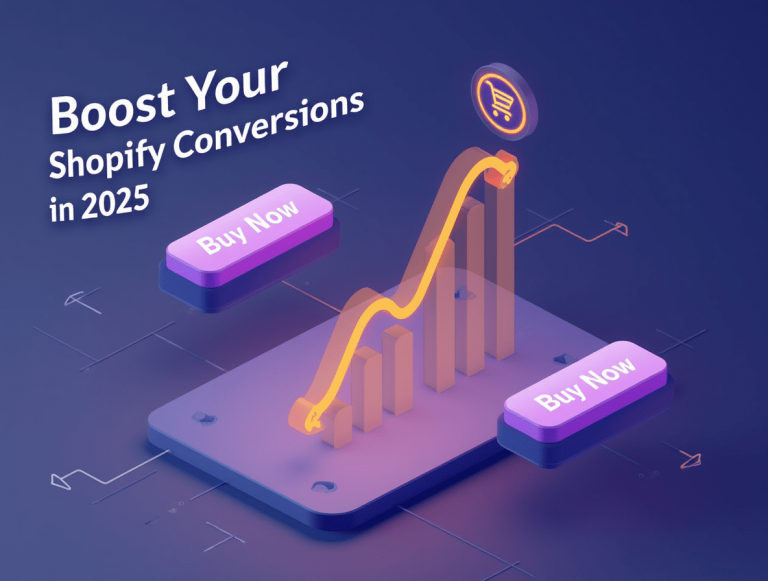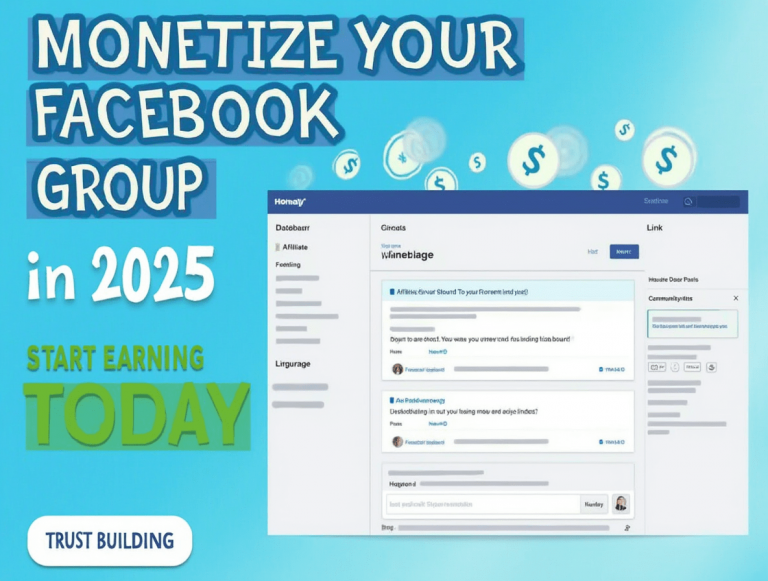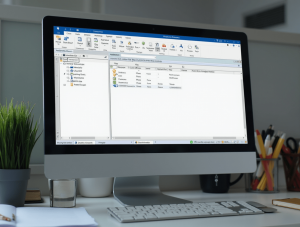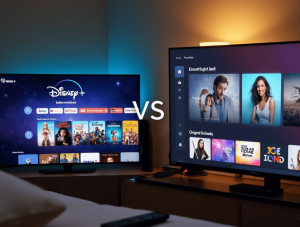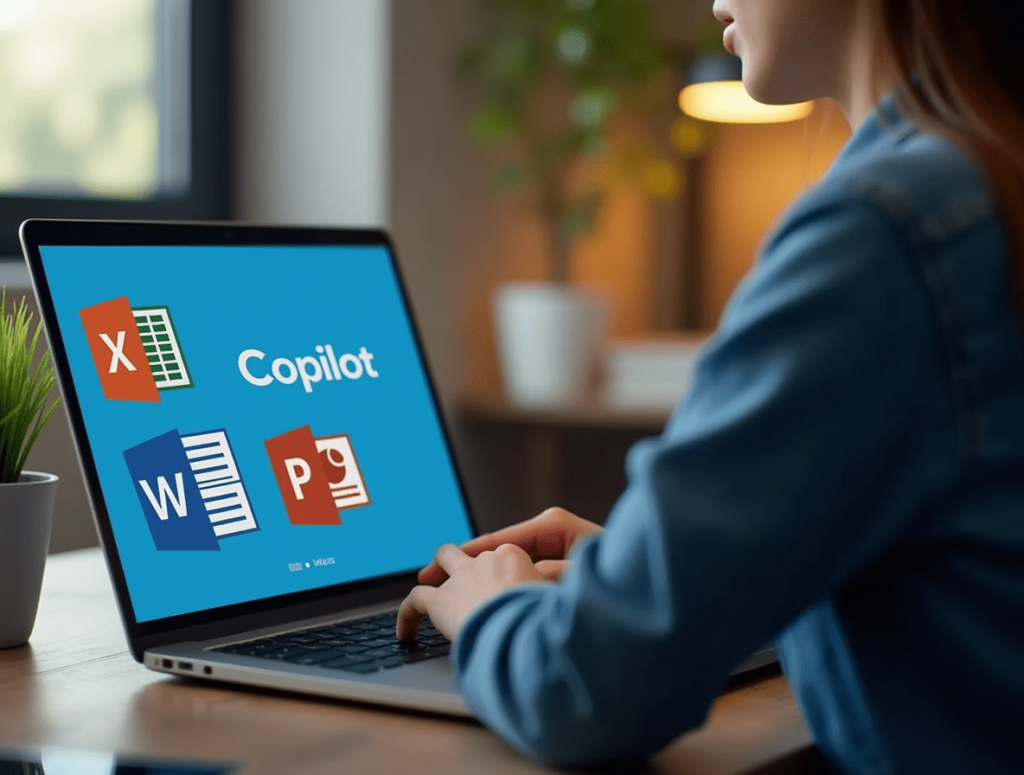
Did you know that knowledge workers using Microsoft Copilot complete tasks 66% faster on average, according to Microsoft’s own research? This AI-powered assistant has rapidly transformed how millions of professionals interact with their digital tools since its widespread release in late 2023. As of early 2025, Microsoft Copilot represents one of the most significant shifts in productivity technology of the decade.
If you’re trying to understand what Microsoft Copilot actually is, how it differs from other AI tools, and whether it’s worth implementing in your organization, you’re not alone. With AI assistants becoming increasingly prevalent in workplace technology, knowing how Copilot fits into your productivity strategy has never been more important.
This comprehensive guide explores what Microsoft Copilot is, how it works across different applications, its real-world benefits, and what you should consider before implementation.
What Is Microsoft Copilot? Understanding the AI Assistant
Microsoft Copilot is an AI-powered assistant that integrates across the Microsoft ecosystem, combining large language model (LLM) technology with context from your data and applications to provide personalized assistance. Unlike basic chatbots or standalone AI tools, Copilot functions within your existing workflows, understanding the context of your work and helping you accomplish tasks more efficiently.
Jonathan Barnes, Chief Information Officer at Meridian Consulting, explains: “Think of Copilot not as a separate tool but as an intelligent layer that sits across your Microsoft applications. It understands what you’re working on and can assist with generating content, analyzing data, or summarizing information—all while staying within your security boundaries.”
What makes Copilot particularly powerful is its ability to understand natural language requests and execute them within the specific context of Microsoft applications. Rather than learning complex commands or navigating through menus, users can simply describe what they want to accomplish in plain language.
The Technology Behind Microsoft Copilot
To truly understand Copilot’s capabilities, it’s important to know what powers it:
- Foundation Models: At its core, Copilot uses advanced large language models based on GPT-4 technology developed by OpenAI and refined by Microsoft. These foundation models have been trained on vast amounts of text data, giving them remarkable language understanding and generation capabilities.
- Microsoft Graph Integration: Copilot connects to Microsoft Graph—the API that accesses data across Microsoft 365 services. This allows it to understand your calendar, emails, documents, meetings, and other work content to provide contextually relevant assistance.
- Grounding Mechanism: Unlike general AI chatbots, Copilot grounds its responses in your actual data and the capabilities of the application you’re using. When you ask for help in Excel, its responses are specific to Excel’s capabilities and your dataset.
- Security Architecture: Microsoft designed Copilot with enterprise security in mind, implementing tenant boundaries that ensure your organizational data stays within your environment and isn’t used to train the underlying models.
Microsoft Copilot Across the Ecosystem
One of Copilot’s most significant advantages is its integration across multiple Microsoft products and services. Here’s how it functions in different environments:
Microsoft 365 Copilot
Within the Microsoft 365 suite, Copilot adapts its capabilities to each application while maintaining a consistent interaction model:
Word with Copilot
In Microsoft Word, Copilot can:
- Draft documents based on simple prompts
- Rewrite, summarize, or expand existing text
- Suggest improvements to clarity, conciseness, or tone
- Format documents according to specifications
- Create outlines for new projects
For example, you might tell Copilot: “Draft a two-page executive summary of the Q1 sales report, highlighting regional performance and areas for improvement.” Copilot can pull information from your data sources to create a first draft that you can then refine.
Excel with Copilot
In spreadsheets, Copilot serves as both an analyst and a guide:
- Creates formulas based on natural language descriptions
- Analyzes data patterns and trends
- Generates visualizations and charts
- Explains existing spreadsheet logic
- Transforms data between formats
A typical request might be: “Show me which product categories had the highest growth rate compared to last year, and create a visualization ranking them by percentage change.”
PowerPoint with Copilot
For presentations, Copilot assists with both content and design:
- Generates slide decks from documents or outlines
- Creates speaker notes based on slide content
- Suggests design improvements
- Adds relevant images and graphics
- Helps rehearse presentations with feedback
Outlook with Copilot
In email, Copilot becomes a communication assistant:
- Summarizes long email threads
- Drafts responses based on context
- Suggests follow-up items from conversations
- Helps prioritize inbox items
- Extracts action items from messages
Teams with Copilot
During meetings and collaborations, Copilot helps with:
- Real-time meeting summaries and transcription
- Catching up on missed meetings
- Creating action item lists
- Answering questions based on meeting content
- Generating meeting agendas
Windows Copilot
Integrated directly into Windows 11, Windows Copilot provides assistance at the operating system level through a persistent sidebar interface. It helps with:
- Changing system settings and configurations
- Answering questions about device capabilities
- Summarizing web content and documents
- Connecting with your Microsoft 365 data regardless of the current application
- Generating content that can be used across applications
Copilot in Edge and Bing
When integrated with Microsoft’s browser and search engine, Copilot enhances web interactions by:
- Summarizing web pages and documents
- Comparing information across multiple sources
- Helping draft content for emails or social media
- Answering complex questions with citations
- Assisting with research projects
Microsoft Copilot Studio
For organizations wanting to extend Copilot’s capabilities, Microsoft Copilot Studio (formerly Power Virtual Agents) allows the creation of:
- Custom copilots for specific business processes
- Specialized AI assistants with access to company data
- Custom plugins that connect Copilot to internal systems
- Industry-specific solutions built on the Copilot framework
The Business Impact of Microsoft Copilot
Organizations implementing Copilot are reporting significant benefits across several dimensions:
Productivity Gains
Research by Microsoft and independent analysts suggests that Copilot delivers measurable productivity improvements:
- 70% of users report completing tasks faster
- 68% report improved work quality
- 77% say they don’t want to work without it once they’ve used it
These benefits are particularly noticeable in content creation, data analysis, and communication tasks—areas where knowledge workers traditionally spend significant time.
Enhanced Creativity and Innovation
By handling routine aspects of knowledge work, Copilot frees mental bandwidth for higher-level thinking:
- Marketing teams can explore more creative concepts
- Analysts can focus on insights rather than data processing
- Writers can overcome blocks and explore different approaches
- Strategists can consider more scenarios and alternatives
“What we’ve seen is that Copilot doesn’t just save time—it changes how people approach problems,” notes Dr. Samantha Chen, Digital Workplace Strategist at Enterprise Solutions Group. “When routine tasks are handled efficiently, our clients report their teams spending more time on innovative thinking.”
Democratized Technical Skills
Copilot significantly lowers the technical barrier for complex tasks:
- Employees with limited Excel knowledge can perform sophisticated data analysis
- Team members without design skills can create professional presentations
- Non-technical staff can extract insights from complex datasets
- New employees can navigate unfamiliar systems more effectively
Knowledge Retention and Transfer
For organizations concerned about institutional knowledge, Copilot serves as a knowledge amplifier:
- It can surface relevant documents and previous work
- Helps new employees get up to speed faster
- Makes expertise more accessible across departments
- Provides consistent access to organizational information
Implementation Considerations and Best Practices
Before rolling out Microsoft Copilot, organizations should consider several key factors:
Licensing and Cost Structure
Microsoft Copilot represents a significant investment:
- As of early 2025, Microsoft 365 Copilot costs approximately $30 per user per month on top of existing Microsoft 365 licenses
- Enterprise-wide implementations require strategic budget planning
- Consider phased rollouts to high-impact departments first
- ROI calculations should factor in both time savings and quality improvements
Technical Requirements
Ensuring your environment is ready for Copilot involves:
- Verifying Microsoft 365 applications are updated to supported versions
- Ensuring proper data governance and information architecture
- Confirming network capabilities for AI service communication
- Addressing any compliance or regulatory considerations
Training and Adoption Strategy
Maximizing Copilot’s value requires thoughtful implementation:
- Develop prompt engineering skills across your organization
- Create use case libraries specific to different roles
- Establish clear guidelines for reviewing AI-generated content
- Implement feedback mechanisms to share effective practices
Data Security and Governance
Organizations must address important security considerations:
- Review what data Copilot can access in your environment
- Understand how content permissions affect Copilot’s abilities
- Configure appropriate data loss prevention policies
- Educate users about appropriate use cases and data handling
Limitations and Challenges
While powerful, Copilot has important limitations organizations should understand:
Accuracy Considerations
Like all AI systems, Copilot can make mistakes:
- It may occasionally generate incorrect or inappropriate content
- Complex numerical analyses should be verified
- Citations and facts should be double-checked
- The system works best when users review and edit its output
Learning Curve
Despite its intuitive design, effective use of Copilot requires:
- Understanding how to craft effective prompts
- Learning when AI assistance is appropriate versus direct work
- Developing judgment about when to accept, modify, or reject suggestions
- Gaining comfort with an iterative work process
Integration with Existing Workflows
Organizations often face challenges when incorporating Copilot into established processes:
- Some teams may resist changing familiar workflows
- Existing documentation may need updating
- Approval processes might need reconsideration
- Collaboration patterns may shift
The Future of Microsoft Copilot
Looking ahead, Microsoft has signaled several development directions for Copilot:
Expanded Capabilities
Future versions will likely include:
- Enhanced multimodal capabilities (better image and document understanding)
- More sophisticated reasoning abilities for complex tasks
- Deeper integration with business-specific processes
- Improved personalization based on individual work patterns
Industry-Specific Solutions
Microsoft is developing specialized versions of Copilot for:
- Healthcare providers and administrators
- Financial services professionals
- Legal practitioners
- Manufacturing and supply chain operations
- Educational institutions
Enhanced Development Platform
Microsoft continues to enhance Copilot Studio to allow:
- More sophisticated custom copilots
- Easier integration with legacy systems
- Better tools for measuring and optimizing AI performance
- Simplified compliance with industry regulations
Conclusion: Embracing the AI-Assisted Future
Microsoft Copilot represents more than just another productivity tool—it signals a fundamental shift in how we interact with technology. By bringing AI assistance directly into familiar applications, Microsoft has created an environment where technology adapts to how humans work, rather than forcing humans to adapt to technology.
Organizations that approach Copilot strategically—focusing on meaningful use cases, proper training, and thoughtful implementation—stand to gain significant advantages in productivity, innovation, and employee satisfaction. Those that treat it as merely another software update may miss the transformative potential of this new paradigm.
As we move deeper into the age of AI-assisted productivity, the most successful organizations will be those that find the right balance between human judgment and AI capabilities, using tools like Microsoft Copilot to augment human intelligence rather than replace it.
Frequently Asked Questions
Is Microsoft Copilot the same as ChatGPT?
No, while both use similar underlying technology, Microsoft Copilot is specifically designed to work within Microsoft’s ecosystem, with access to your organizational data and deep integration with Microsoft applications. ChatGPT is a more general-purpose AI assistant without these specific integrations.
Does Microsoft Copilot require a separate subscription?
Yes, Microsoft 365 Copilot requires a specific license in addition to your Microsoft 365 subscription. As of 2025, this costs approximately $30 per user per month for enterprise customers, though pricing structures may vary.
Can Microsoft Copilot access all my organizational data?
Copilot can only access data that the user has permission to view. It respects existing security boundaries and permission structures within your Microsoft environment.
How secure is Microsoft Copilot for sensitive business information?
Microsoft has designed Copilot with enterprise security in mind. It includes tenant isolation, meaning your organizational data is not used to train the models and remains within your security boundaries. However, organizations should still establish clear guidelines for what types of information should be shared with AI assistants.
Does Copilot work offline?
Most Copilot features require an internet connection to function, as they rely on cloud-based AI processing. Limited functionality may be available offline, but the full capabilities require connectivity.
Can Copilot completely automate my work processes?
While Copilot can significantly accelerate many tasks, it’s designed as an assistant rather than a replacement for human judgment. It works best in partnership with humans who can guide, verify, and refine its output.
How do I measure the ROI of Microsoft Copilot?
Organizations should consider both quantitative metrics (time saved, increased output) and qualitative benefits (improved quality, employee satisfaction, innovation). Microsoft provides adoption and usage analytics to help track implementation success.





